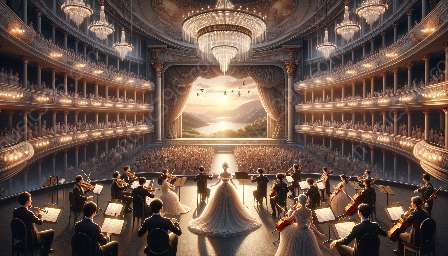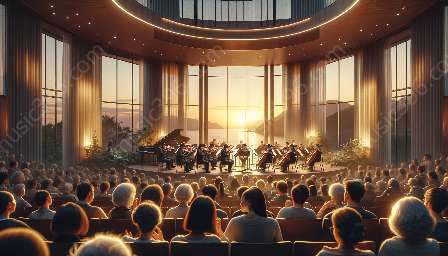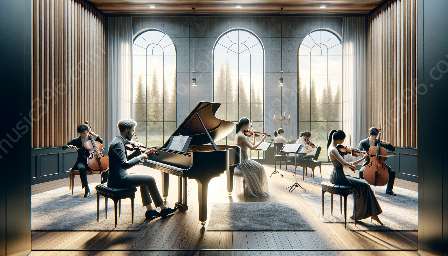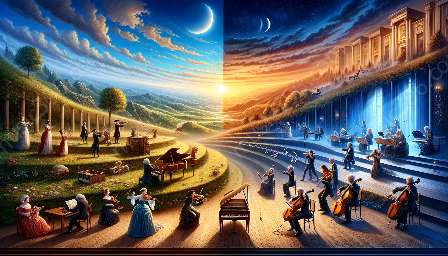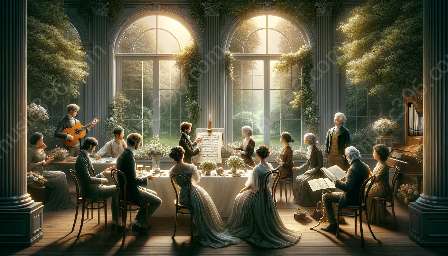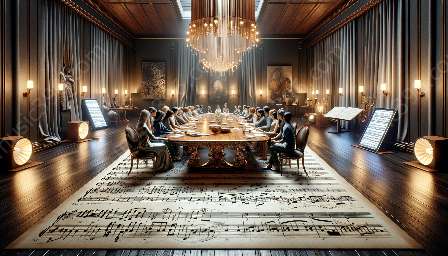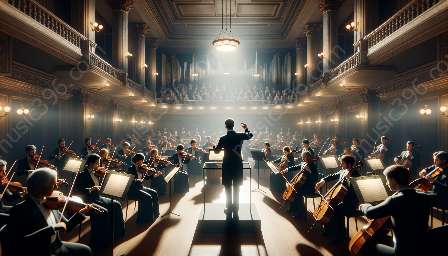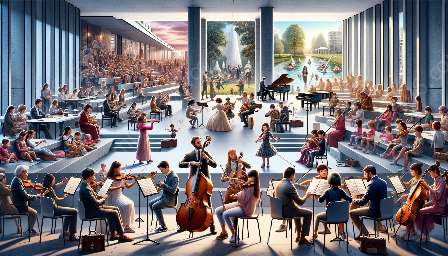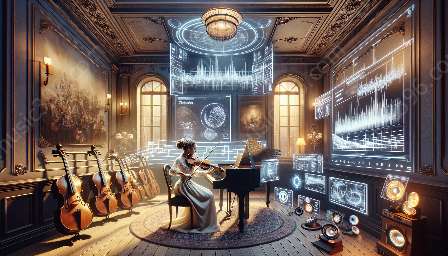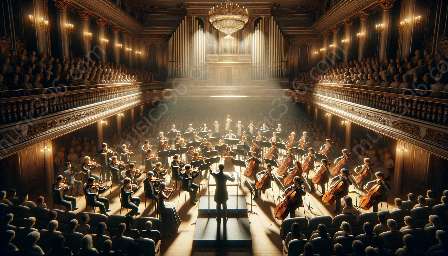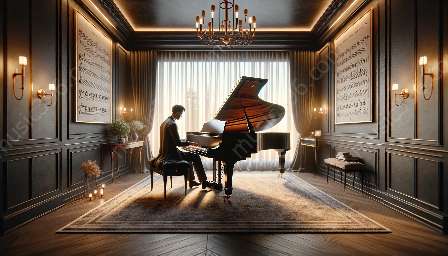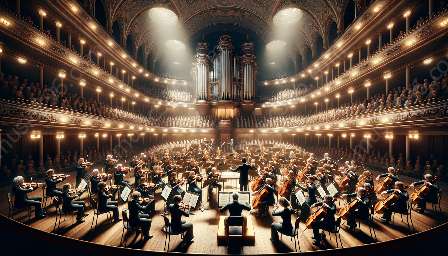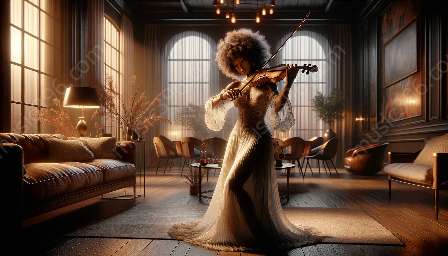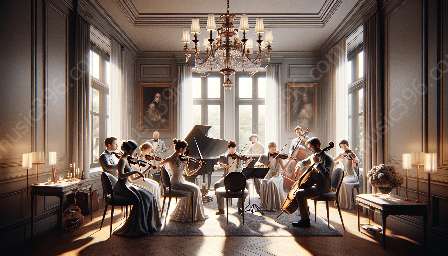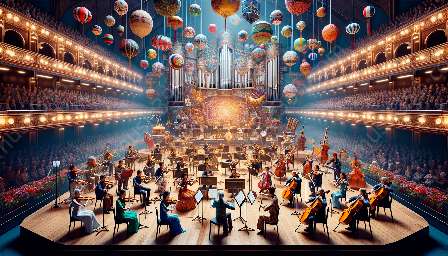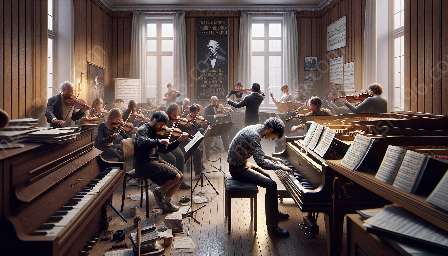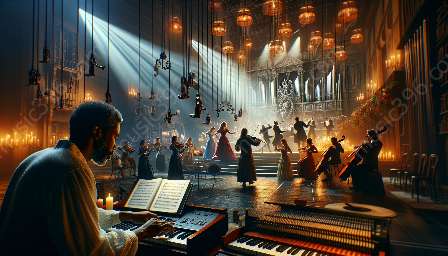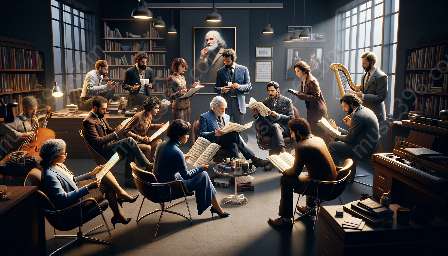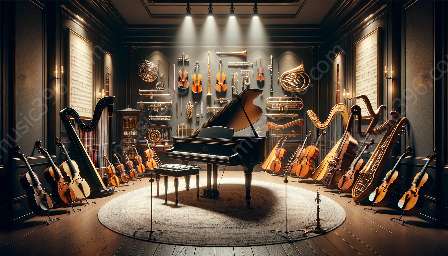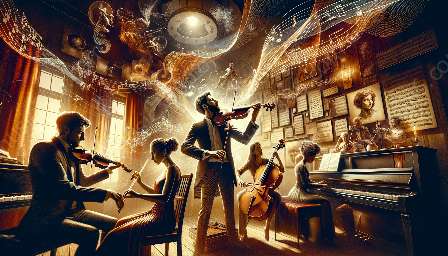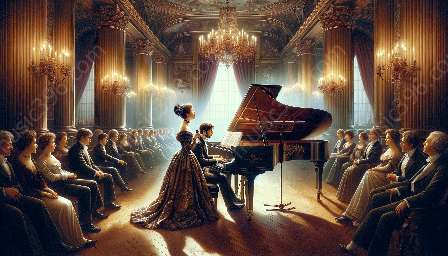Classical composition has left an indelible mark on the trajectory of music throughout history. The innovations and techniques developed during the classical era continue to shape and influence contemporary music in profound ways.
This topic cluster will delve into the enduring legacy of classical composition and how its innovations continue to impact the music we hear today.
The Influence of Classical Composition
The influence of classical composition on today's music is undeniable. Key innovations from the classical period have paved the way for modern musical styles and forms. These innovations include:
- Sonata Form: The structural template of sonata form, with its exposition, development, and recapitulation, has been widely adopted and adapted in various genres, including popular music, film scores, and contemporary classical compositions.
- Romantic Harmonies: The lush harmonic language developed during the Romantic era continues to inform modern harmonic practices, providing a rich tapestry of tonal colors and emotional depth in contemporary compositions.
- Counterpoint and Fugue: The intricate polyphonic textures and contrapuntal techniques of counterpoint and fugue have found resonance in a wide range of contemporary genres, from jazz improvisation to avant-garde experimental music.
Understanding Classical Composition
Classical composition refers to the art of creating music within the stylistic conventions of the classical period, approximately 1730-1820. Composers of this era, such as Mozart, Haydn, and Beethoven, employed specific forms, structures, and harmonic languages that have become foundational to the Western musical tradition.
Key characteristics of classical composition include:
- Formal Structure: Classical compositions often adhere to established forms such as sonata-allegro, ternary form, minuet and trio, and rondo, providing a framework for musical development and expression.
- Emotional Expression: Classical composers sought to convey a wide range of emotions through their music, employing dynamic contrasts, melodic contours, and harmonic tension to elicit expressive depth.
- Instrumentation and Orchestration: The classical era saw the development of the symphony, concerto, and chamber music, expanding the possibilities of instrumental combinations and orchestral textures.
Classical Music & Its Relevance Today
Classical music continues to exert a significant influence on contemporary musical practices and aesthetics. The enduring relevance of classical music is evident through:
- Cross-Pollination: Contemporary composers often draw inspiration from classical works, incorporating classical techniques and gestures into their compositions across diverse genres and styles.
- Performance Traditions: Orchestras and ensembles around the world regularly perform classical repertoire, preserving and interpreting these timeless compositions for contemporary audiences.
- Education and Pedagogy: Classical music remains an integral part of music education, providing a foundational understanding of musical theory, history, and performance practices.
The Role of Innovation in Shaping Music
Innovation lies at the heart of both classical composition and contemporary music. The groundbreaking techniques and compositional strategies pioneered by classical composers continue to inspire new generations of musicians and composers, driving the evolution of musical expression and creativity.
Conclusion
The innovations in classical composition have permeated the fabric of modern music, shaping its forms, styles, and expressive possibilities. By understanding and appreciating the enduring influence of classical composition, we gain a deeper insight into the richness and interconnectedness of musical traditions across time.

